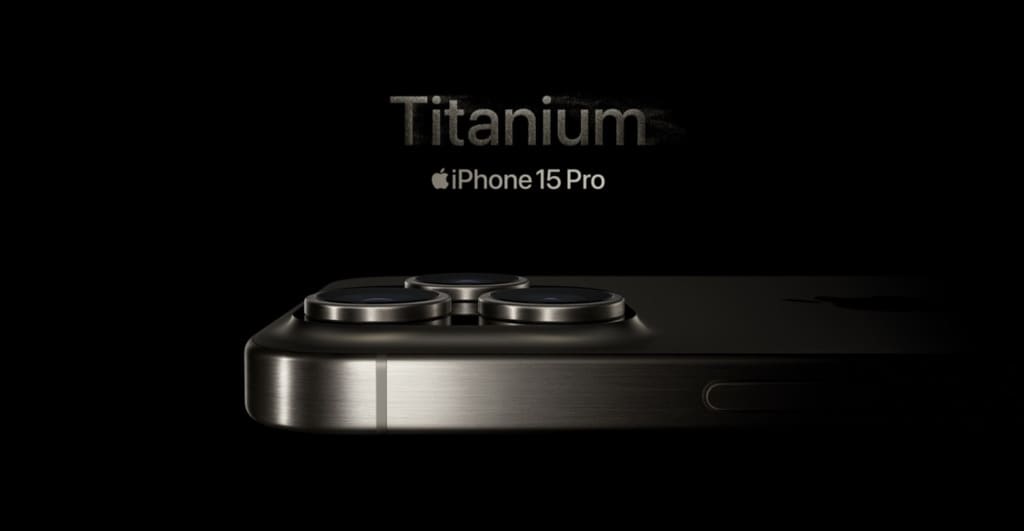Do you remember when you last used a camera to take pictures? Today, cameras have been largely replaced as our everyday memory-maker by those handy smartphones we all carry with us. The convenience of having a high-quality camera in our pocket has made picture-taking an everyday occurrence instead of a “once in a blue moon” event. While professional photographers still hang on to their high-end mirrorless and DSLR cameras, for the rest of us, these pocket cameras are more than good enough.
Xfinity Mobile has the best phones on the best network. Browse our phones and data plans.
Today we don’t just use our cameras to take pictures for frames and albums; we use them as note takers, memory joggers, and video cameras. Smartphone cameras are also important to the modern technology we have come to rely on, helping us play games, use virtual reality, navigate from one place to another, and communicate with faraway loved ones face-to-face. As smartphone cameras become ever more important, how do you choose the one that’s right for you?
The short answer is: you really can’t go wrong. The cameras on today’s top smartphones are almost always excellent. However, there are some differences you will want to consider. Keep these factors in mind when researching the camera in a new phone:
Resolution: Resolution means the size of photo your phone’s camera can produce. In general, smartphone cameras are around 12 or 13 megapixels, which is actually more than most people will need. This level of resolution is more than high enough for an 8x10 print, a full Facebook image, or an Instagram photo. Take images that are any larger, and you’ll find your phone quickly runs out of room; the higher the resolution, the larger the file size.
Aperture: This dictates how well the phone will capture images in low light. Some experts say a wider aperture is more important than higher megapixels. The aperture is the F-stop number on a regular camera. The lower the number, the wider the aperture, and the more light the camera will let in. The two best smartphone cameras on the market now — the Samsung Galaxy S9 Plus and the iPhone X — have an f/1.5 – f/2.4 and an f/1.8 – f/2.4 aperture lens, respectively. If low-light picture taking is important to you, one of these two phones will work best.
Dual lenses: The flagship phones from Samsung and Apple all boast significant hardware upgrades that come closer to mimicking a standalone camera, chief among them being dual rear lenses. This offers a variety of benefits, including improved optical zoom, which lets you zoom in without ending up with a blur of pixels. You can find dual lenses on a few phones today, but they don’t all offer the same features.
The most popular effect of dual rear lenses is Portrait Mode, which will blur the background of a picture and make the “portrait” stand out. Other dual lenses will simply let you switch between wide-angle and standard lenses. When shopping for a phone with dual lenses, look at the software features that come with it (the “magic sauce” the manufacturers program into the cameras), as these will dictate what real affects you will see in your photos taken with dual lenses.
Front camera: With selfie craze not going away any time soon, the quality of a phone’s front camera is becoming as important as that of the back. Look for a front camera that offers between five and seven megapixels and a low aperture. One of the best can be found in the iPhone X, offering seven megapixels and an aperture of f/2.2.
Optical image stabilization (OIS): This is a key feature that helps turn average photographers into great ones: it can automatically fix your blurry images and help smooth out video. OIS helps a lot with low-light settings, shooting close-up images, and any shot that could be prone to blurriness. You’ll find OIS technology in all higher-end Samsung, LG, and Apple phones.
Don’t forget about video: Smartphone cameras are excellent video recorders, with the bonus of allowing you to share them easily. Look for a phone that will shoot 4K video (4K is higher resolution — the video version of megapixels) and one that has OIS to produce the best results. Frame rate is also a consideration, with a higher rate (60 fps) producing better video. The ability to shoot slow-motion and time-lapse videos are also fun features to have.
Do forget about the flash: While some smartphones have made huge improvements on their flash capabilities, in general, smartphone camera flashes are still lacking (which is why aperture is so important). A general rule of thumb is: forget about the flash. If you need a camera with a good flash, you should probably consider a “real” camera.
If you’re looking for the best smartphone camera, you’ll want to opt for the flagship phones from Samsung or Apple. While these are devices are not inexpensive, they’re generally still more affordable than a high-end mirrorless or DSLR camera — and they can do so much more outside of taking photos and videos. If you don’t want to spend that much money, choose a device that’s one or two generations behind, such as the iPhone 7 Plus or Samsung Galaxy S8+. (Hint: “plus” phones are bigger, so they typically feature dual lenses, as there is more room for the hardware.)
With your new, high-quality camera in your pocket, there’s only one thing left to do: say cheese.




